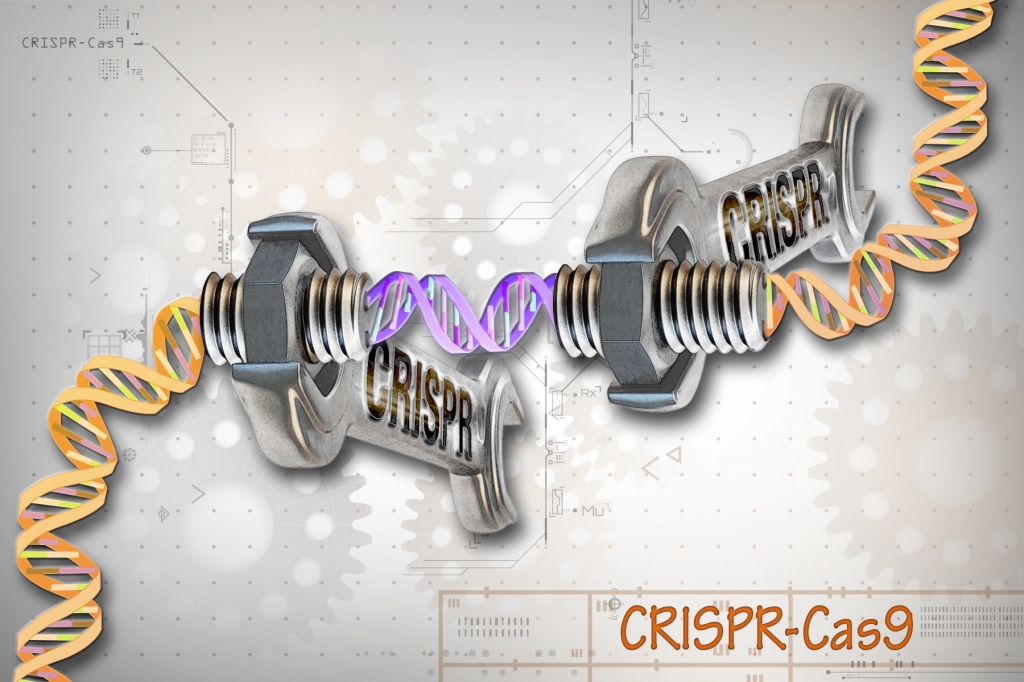By now, the whole scientific community has become wholeheartedly fascinated with the gene-editing tool, CRISPR. It’s the single most powerful tool of its kind and one that has a lot of potential in curing diseases and overcoming natural barriers. However, there is always room for error in this field, which makes the new technique by University of Texas researchers all the more important.
Mistakes during the gene-editing process can be costly and could even lead to unrestrained mutations. Thanks to the new method by the researchers at the University of Texas, the gene-editing tool now has an editing protocol of its own to prevent mistakes, Futurism reports.
The new method works by basically predicting the kinds of mistakes that scientists can make when using CRISPR. Changing genomes is already hard enough, as the tool basically acts like a scissor to cut away at unwanted parts. There’s also another technique that makes it more precise, but human error is always going to be a factor worth taking into consideration.
In any case, this new technique helps scientists who are trying to edit natural errors that lead to Cancer and other forms of diseases avoid making new errors of their own. Think of it like the auto-correct on a smartphone. There will be many times that the feature makes a mistake by trying to correct a word that was already the right one to use, thus causing a misunderstanding.
The same principle can be applied to using CRISPR. Genomes that are already healthy can be accidentally cut while removing the unwanted ones.
According to the project’s principal investigator, Ilya Finkelstein, the difference in the genome of people can range into the millions. Trying to catch any problems with regards to editing these genomes is incredibly tricky, Phys.org reports. That’s why a testing model is required, which is what the technique the developed is for.



 Why some people don't trust science – and how to change their minds
Why some people don't trust science – and how to change their minds  The mystery of consciousness shows there may be a limit to what science alone can achieve
The mystery of consciousness shows there may be a limit to what science alone can achieve  Our survey of the sky is uncovering the secrets of how planets are born
Our survey of the sky is uncovering the secrets of how planets are born  The rising flood of space junk is a risk to us on Earth – and governments are on the hook
The rising flood of space junk is a risk to us on Earth – and governments are on the hook  Dark energy is one of the biggest puzzles in science and we're now a step closer to understanding it
Dark energy is one of the biggest puzzles in science and we're now a step closer to understanding it  What is minoxidil, the anti-balding hair growth treatment? Here’s what the science says
What is minoxidil, the anti-balding hair growth treatment? Here’s what the science says  Synthetic human embryos let researchers study early development while sidestepping ethical and logistical hurdles
Synthetic human embryos let researchers study early development while sidestepping ethical and logistical hurdles  Alpha, beta, theta: what are brain states and brain waves? And can we control them?
Alpha, beta, theta: what are brain states and brain waves? And can we control them?  Eggs from men, sperm from women: how stem cell science may change how we reproduce
Eggs from men, sperm from women: how stem cell science may change how we reproduce  Spacesuits need a major upgrade for the next phase of exploration
Spacesuits need a major upgrade for the next phase of exploration  Why now is the time to address humanity’s impact on the moon
Why now is the time to address humanity’s impact on the moon  If life exists on Jupiter’s moon Europa, scientists might soon be able to detect it
If life exists on Jupiter’s moon Europa, scientists might soon be able to detect it  Larger and more frequent solar storms will make for potential disruptions and spectacular auroras on Earth
Larger and more frequent solar storms will make for potential disruptions and spectacular auroras on Earth  Why is the universe ripping itself apart? A new study of exploding stars shows dark energy may be more complicated than we thought
Why is the universe ripping itself apart? A new study of exploding stars shows dark energy may be more complicated than we thought  Tatahouine: 'Star Wars meteorite' sheds light on the early Solar System
Tatahouine: 'Star Wars meteorite' sheds light on the early Solar System  Six space missions to look forward to in 2024
Six space missions to look forward to in 2024 































